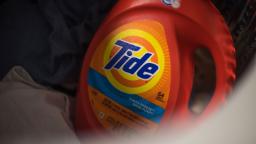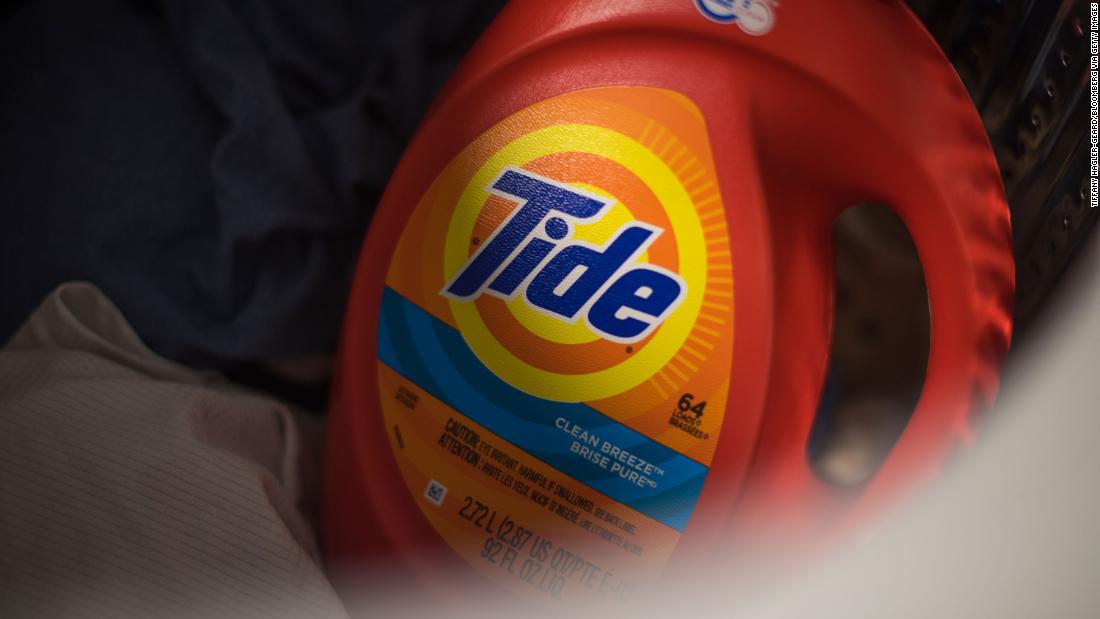
“You have your classical supply-demand mismatch,” said Shawn Hackett, president of Hackett Financial Advisors, which specializes in agricultural commodities analysis. As a result, consumers should expect “much higher prices at the supermarket.”
Homes
The housing market frenzy was a boon for the typical homeowner, who accumulated $50,200 in housing wealth, looking at the median price jump from 2020 to 2021.
“That is a sizable wealth gain for homeowners across the country,” said Lawrence Yun, NAR’s chief economist. “The housing market has seen a spectacular performance this last year with sales rising and prices rising. But inventory is at an all-time low.”
The inventory of unsold existing homes fell to a record low of 910,000 at the end of December, down 18% from November.
Laundry detergent
The company attributed the price increase to cost pressures, including transportation, labor and the commodities it uses to manufacture its products. The US producer price index, a gauge for prices manufacturers are paying, rose 9.7% last year.
Gas
“This is a terrible situation. Gas prices are in this political danger zone,” Helima Croft, head of global commodity strategy at RBC Capital Markets, told CNN.
Since Monday, the national average for a gallon of regular gasoline increased by a penny to $3.32 Thursday, according to AAA. On Friday it reached an average of $3.326.
Iowa, Minnesota, North Dakota and Oklahoma have seen the biggest increases, of 5 cents and more. Prices in Washington D.C. have also jumped 5 cents since last Thursday.
Automobiles
The record high prices could be coming down, but they won’t reach pre-pandemic levels.
As inventories are projected to build again, experts say there should be less pressure on prices.
J.D. Power forecasts that the average wholesale price of used cars should fall about 9% from the fourth quarter of 2021 to the fourth quarter of this year, and that prices should continue to decline in 2023. But they’re unlikely to get to pre-pandemic levels.
CNN Business’ Danielle Wiener-Bronner, Anna Bahney, Nathaniel Meyersohn, Matt Egan, Vanessa Yurkevich and Chris Isidore contributed to this report.

